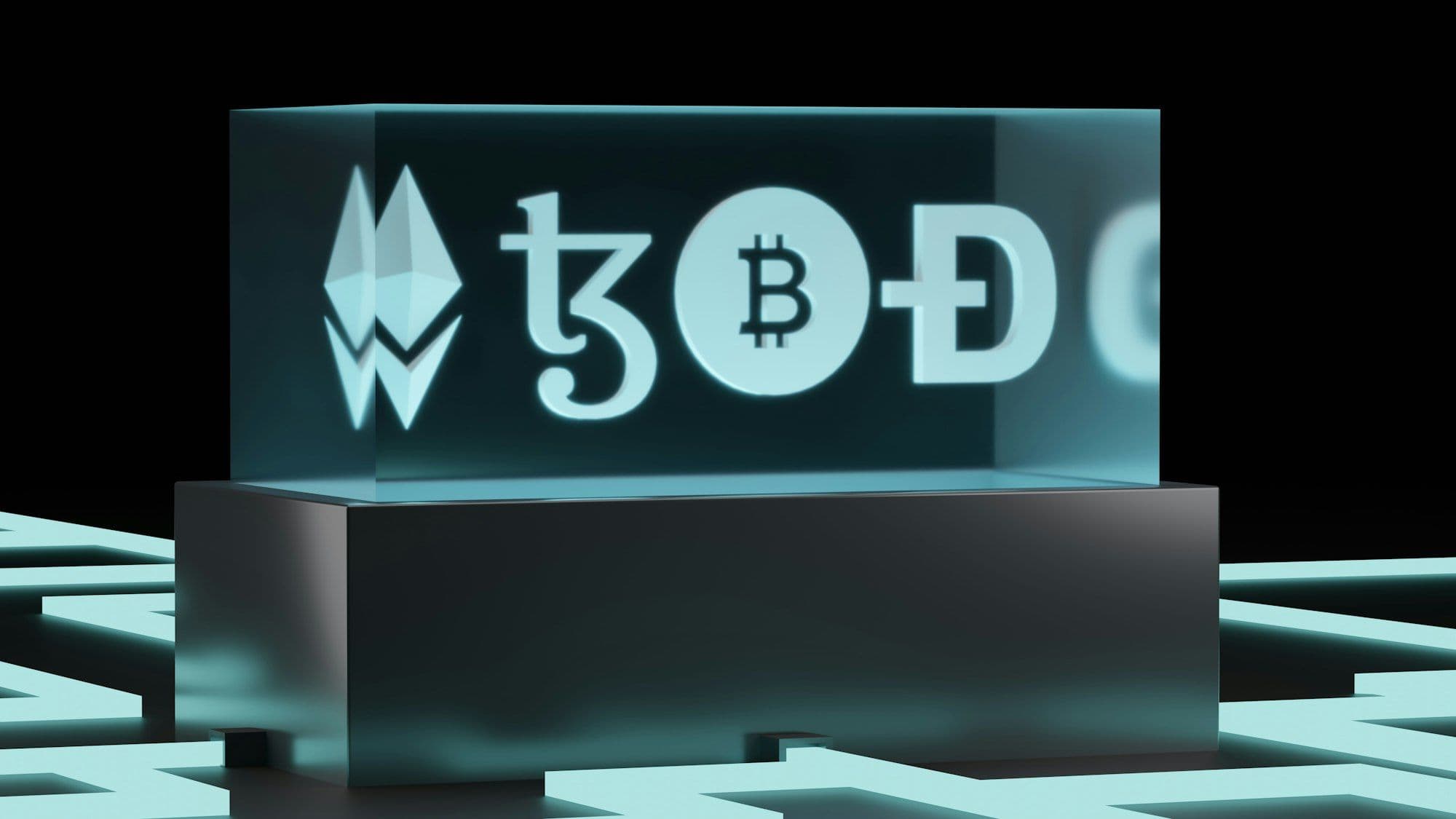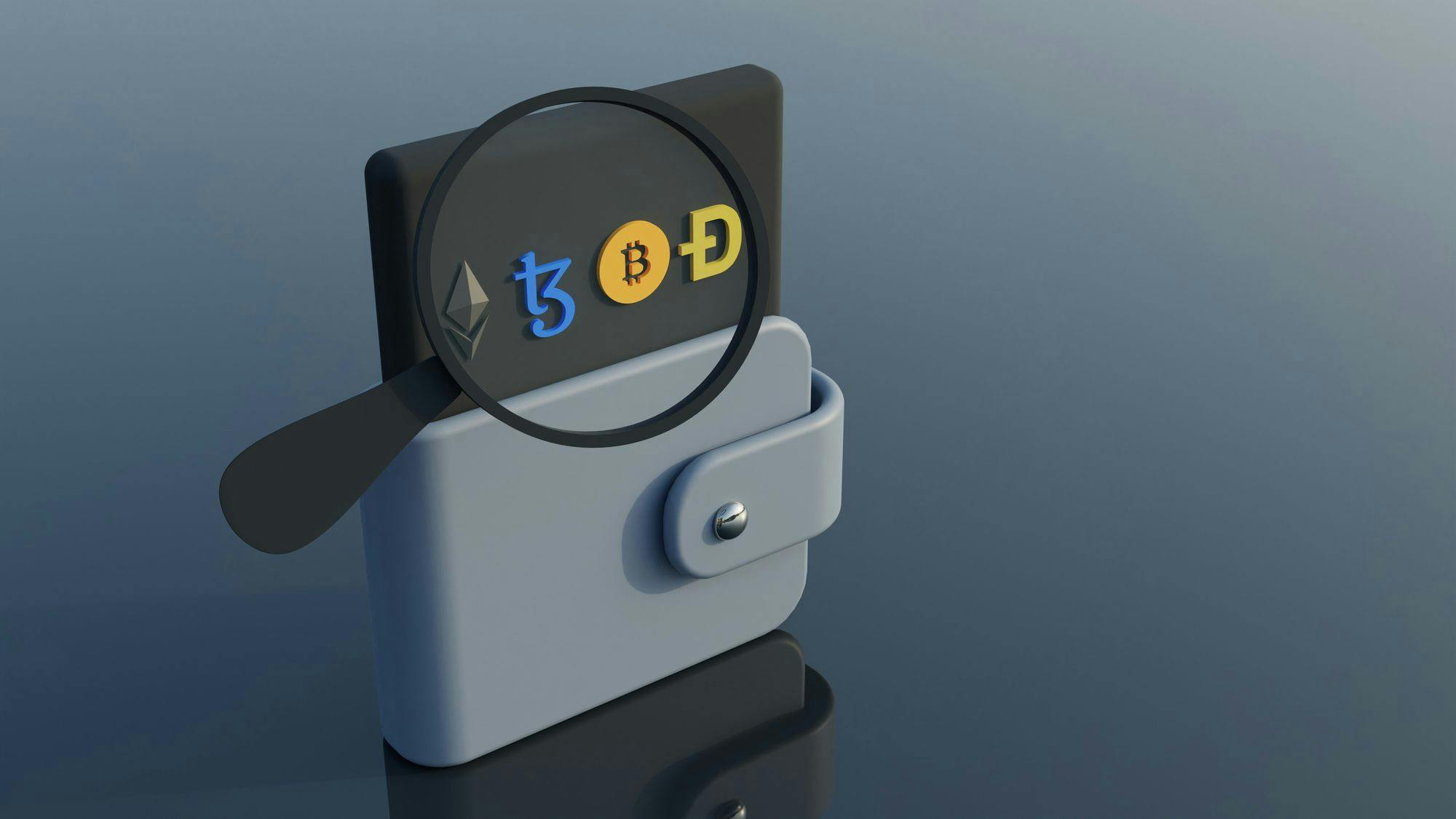
As what's been continously said, Cryptocurrencies and NFTs are becoming a staple of financial portfolios, so knowing the integration of marketplace functionality into digital wallets is a necessity. This guide simplifies the complex process into digestible steps, ensuring you understand how to merge these critical components seamlessly and efficiently.
Understanding the Basics
To define, marketplace functionality allows users to buy, sell, or trade assets like cryptocurrencies and NFTs directly. And with this functionality eliminates the need to use multiple platforms, streamlining the user experience.
A. Identifying User Needs and Features:
Knowing what your users expect from a marketplace is crucial. Essential features include an intuitive search engine, detailed listings, secure transaction processes, and an accessible asset preview. Understanding these needs can significantly influence the design and functionality of the marketplace.
Here are some examples:
1. Personalization:
Users appreciate a marketplace that caters to their individual preferences and interests. Implementing algorithms that suggest products or services based on past behavior and preferences can make the shopping experience more relevant and engaging.
2. Responsive Design:
Ensuring the marketplace is fully functional and visually appealing across all devices is crucial. A responsive design adapts to different screen sizes, offering a consistent user experience whether on a smartphone, tablet, or desktop.
3. Efficient Checkout Process:
A streamlined checkout process reduces friction and abandonment rates. Features like one-click purchasing, multiple payment options, and clear, concise checkout pages encourage completion of transactions.
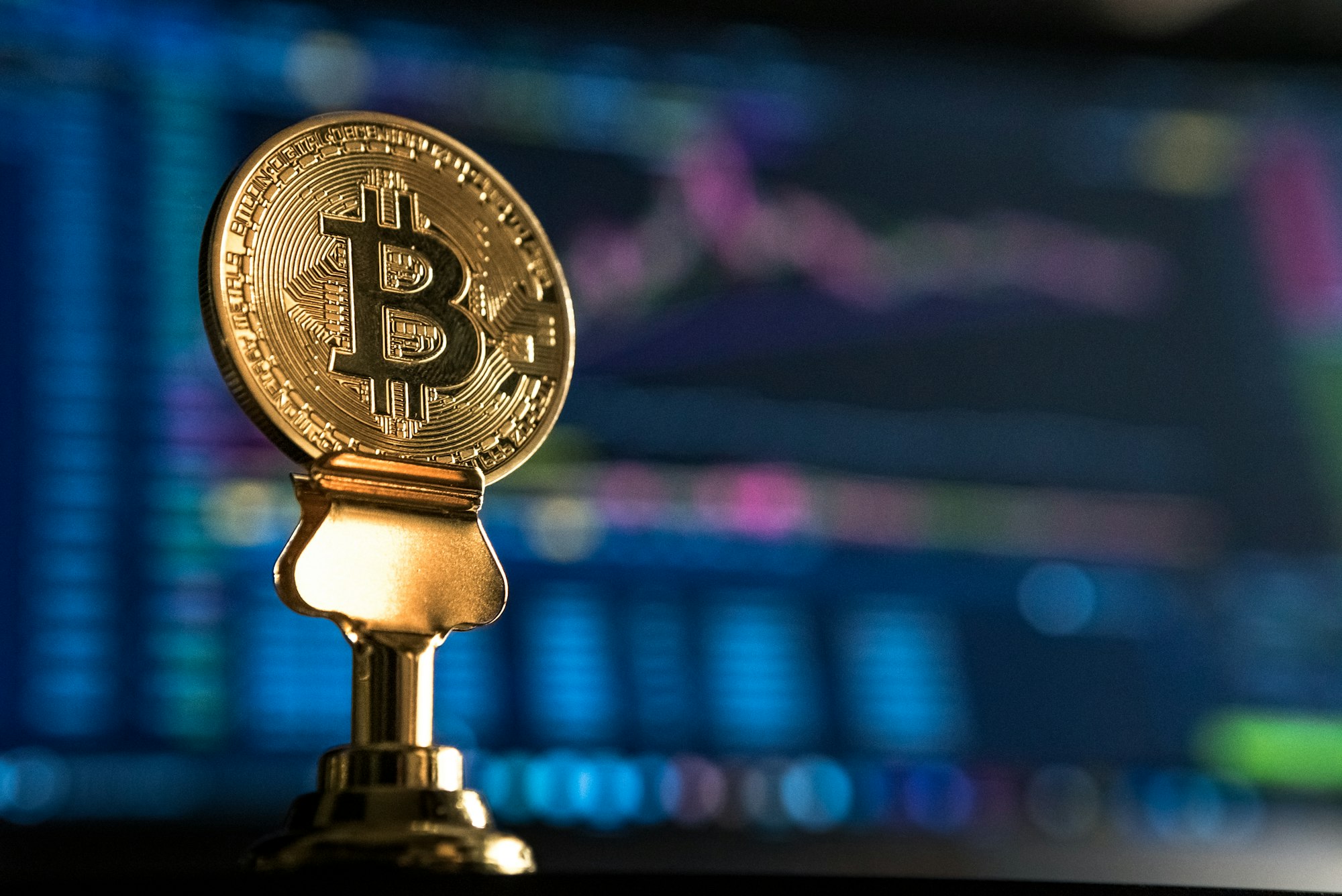
B. Navigating Regulatory Compliance:
The digital asset space is heavily regulated, with stringent requirements for KYC (Know Your Customer) and AML (Anti-Money Laundering) protocols. Ensuring your marketplace complies with these regulations is paramount to operate legally and gain user trust.
1. Data Protection Laws:
With the increasing emphasis on data privacy, compliance with data protection regulations such as GDPR in Europe, CCPA in California, and other regional laws is critical. This includes implementing secure data handling practices, providing users with control over their data, and ensuring transparent communication about how user data is used.
2. Licensing Requirements:
Depending on the nature of the assets traded and the services provided, obtaining the necessary licenses is a key compliance aspect. This could range from financial services licenses to specific digital asset trading permits, varying significantly across different regions.
3. User Education and Transparency:
Educating users about the regulatory measures in place and how they contribute to a secure trading environment is important for building trust. Transparency about the marketplace's compliance efforts, including partnerships with regulatory bodies and adherence to legal standards, reinforces the platform's legitimacy.
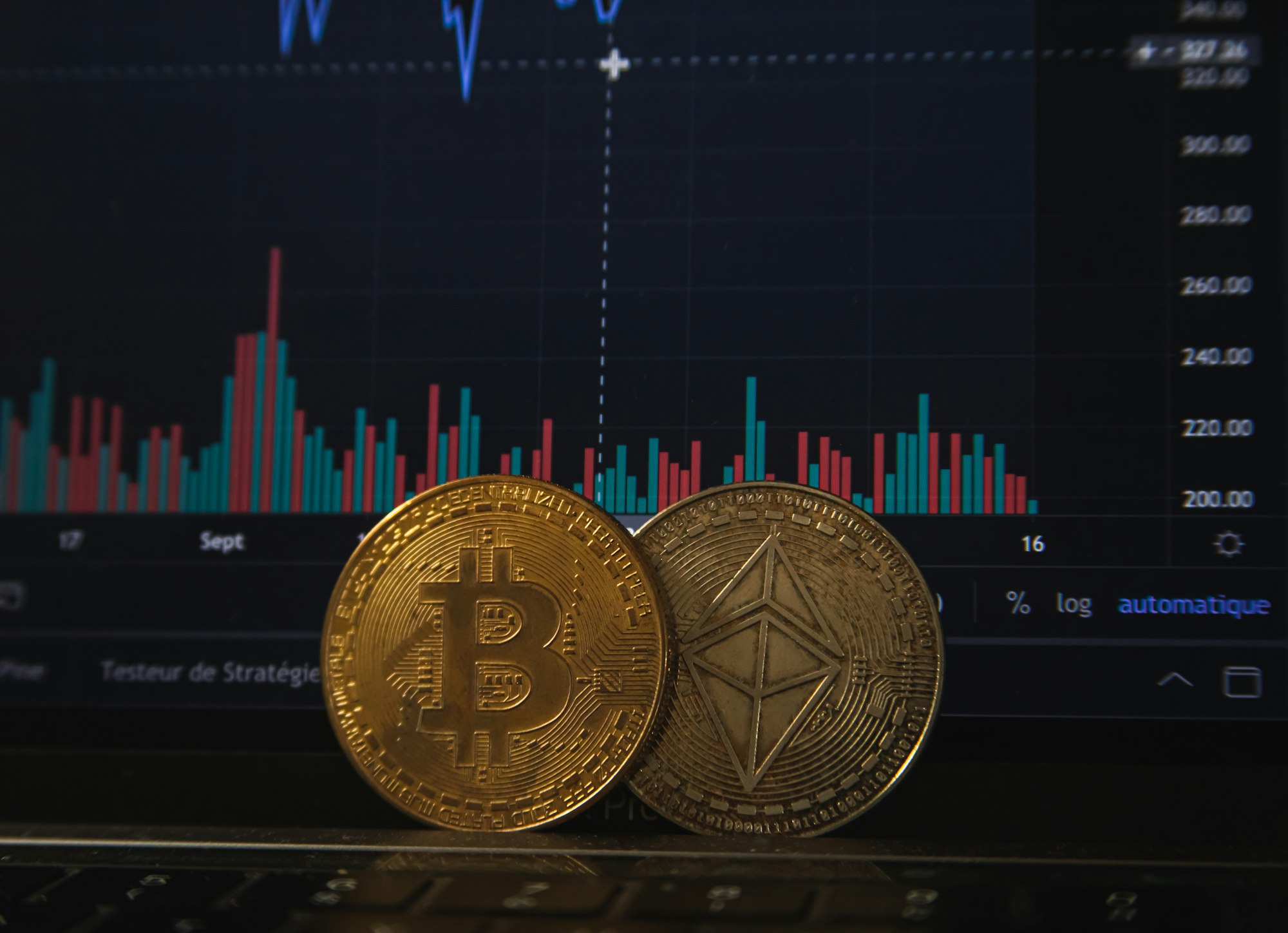
Technical Infrastructure
When setting up a marketplace within a digital wallet, developers need to make a big choice: should they build a decentralized marketplace using smart contracts, or a centralized one that uses APIs? This decision greatly affects how the marketplace will be built and run.
Smart Contracts:
Decentralized marketplaces use blockchain technology. This means they run on smart contracts, which are like automatic rules that execute when certain conditions are met, making transactions secure and transparent. Everything that happens is recorded on a public ledger, so it's open for anyone to see, which builds trust. However, creating these smart contracts and working with blockchain requires specific skills, and if something goes wrong, it's hard to fix because blockchain records are permanent.
API:
Centralized marketplaces, on the other hand, work with APIs, which are tools that let different software communicate with each other. This setup gives the people running the marketplace more control over how it operates, making it easier to update and add new features. It can also handle lots of transactions quickly, which is great for a busy marketplace. The downside is that because everything runs through a central point, there's a higher risk if something fails, and users have to trust the marketplace to keep their information and transactions safe.
Choosing between decentralized and centralized marketplaces is about finding the right balance. It's a trade-off between the security and openness of decentralized systems and the control and efficiency of centralized ones.

Security Measures
The cornerstone of trust in any digital marketplace lies in its security infrastructure. To safeguard user data and assets, it's essential to employ a multi-layered security strategy that encompasses several key elements.
1. Strong Encryption:
Think of encryption as a secret code that scrambles information being sent so that only the intended receiver can understand it. Using the latest encryption methods means that personal details and transaction records are kept safe from anyone trying to sneak a peek.
2. Secure Transaction Signing:
This is like putting a unique stamp on a transaction that confirms who is involved and that the information hasn't been changed. It's a way to make sure that the money goes where it's supposed to go, without anyone tampering with it.
3. Regular Security Audits:
Imagine having a security expert regularly check the marketplace from top to bottom. They look for any weaknesses and fix them, ensuring that everything meets the highest security standards. This keeps the marketplace as safe as possible.
4. Two-Factor Authentication (2FA):
For an extra layer of protection, 2FA asks users for two pieces of evidence before they can access their accounts—like a password plus a code sent to their phone. This makes it much tougher for someone else to get into your account.

Testing and Launch
Testing and launching a digital marketplace within a wallet involves careful planning and execution to ensure a smooth, user-friendly experience. After developing the marketplace, it's crucial not to rush directly to a full launch. Instead, a critical step in the process is conducting thorough beta testing.
A. Beta Testing:
This phase allows real users to interact with the marketplace in a real-world setting, albeit controlled. It's a chance to test how the marketplace performs under actual usage conditions. During beta testing, a select group of users tries out the marketplace features, from browsing listings to completing transactions. Their feedback is invaluable, offering insights into user experience, identifying any technical glitches, and highlighting areas for improvement that developers might not have noticed.
1. Functionality Verification:
It's about checking that every part of the marketplace functions properly, from looking things up to making purchases.
2. Bug Identification and Fixing:
Sometimes, users find glitches that the team missed during earlier tests. Beta testing helps spot these issues so they can be fixed before the marketplace officially opens.
3. Performance Assessment:
It’s important to see how the marketplace does when actual users start using it heavily. This can reveal if there are any slowdowns or hiccups that need fixing to keep everything running smoothly.
4. Security Validation:
Beta testing also checks that all the security measures are effective in protecting users' information and their transactions against any threats.
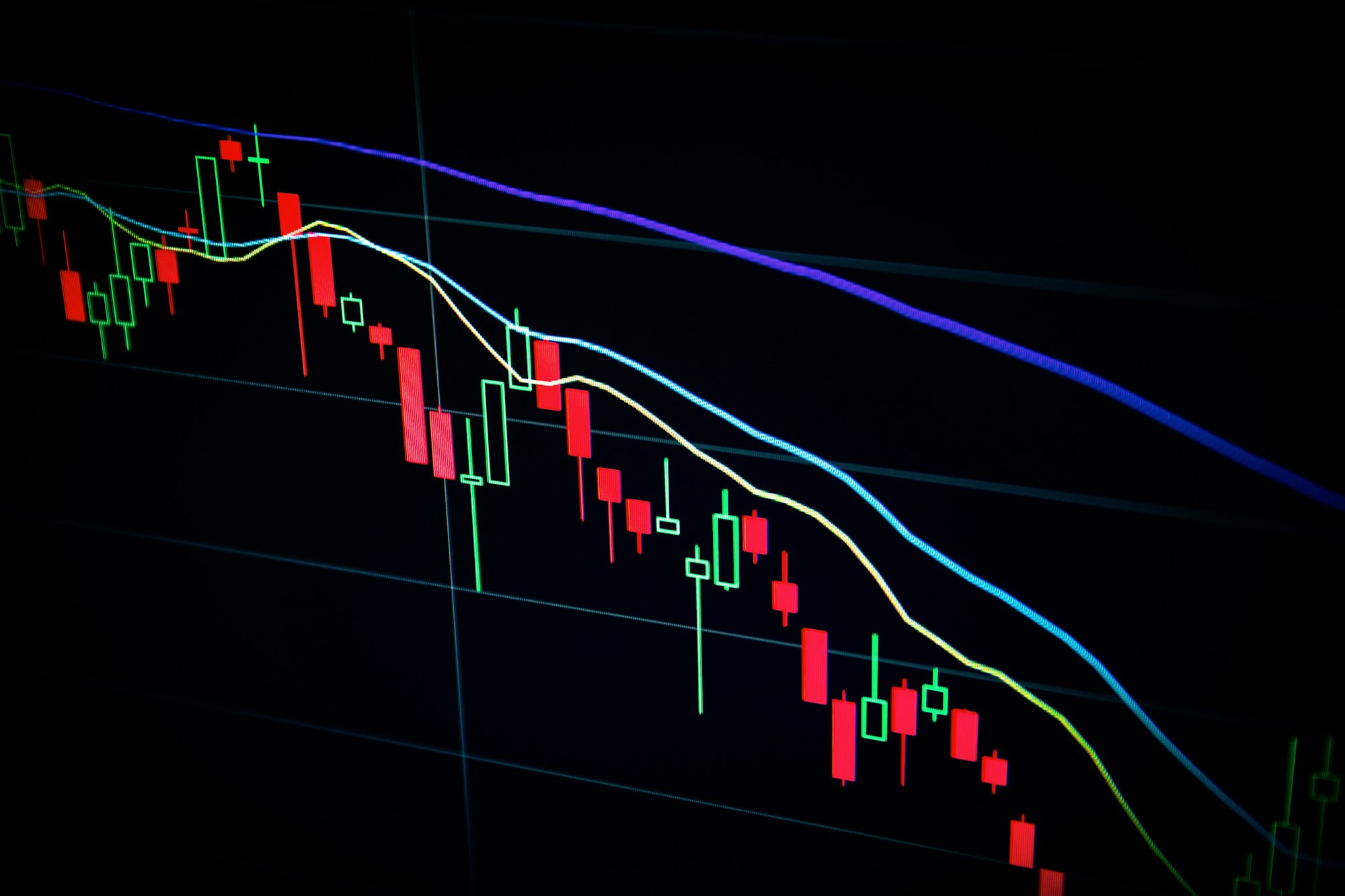
B. Launch Strategy
A successful launch of your marketplace is a pivotal moment that requires careful planning and execution. It's not just about making a big announcement; it's about ensuring that you have a comprehensive strategy in place to capture the interest of your target audience and keep them engaged.
1. Pre-Launch Buzz:
Before the official launch, start generating excitement about your marketplace. Use social media, email newsletters, and influencer partnerships to tease features, benefits, and unique selling points of your platform. Creating anticipation is key to ensuring a strong initial user base.
2. Marketing Campaigns:
Develop targeted marketing campaigns tailored to your ideal users. This could involve a mix of digital advertising, content marketing, SEO strategies, and PR efforts to spread the word far and wide. Effective marketing should highlight what sets your marketplace apart from competitors and how it solves specific problems for your users.
3. User Support:
From day one, have a robust support system in place to assist new users. Whether it's through live chat, a helpdesk, or a dedicated support team, ensuring users can get help when they need it is crucial for retaining them post-launch. Clear documentation, FAQs, and tutorial videos can also enhance user experience and reduce support queries.
4. Post-Launch Marketing:
The launch is just the beginning. Continue to market your platform with updated campaigns that reflect user testimonials, success stories, and new features. Keeping the momentum going with fresh content and promotions is essential for long-term growth.
A well-thought-out launch strategy that covers these aspects can significantly increase the chances of your marketplace's success. By focusing on marketing, user support, and continuous improvement, you can ensure a smooth rollout and foster a thriving platform.

Adding marketplace features to digital wallets makes it much easier for users to handle and trade their digital assets, like cryptocurrencies and NFTs. Getting this done right takes a lot of careful work, but the result is a strong, easy-to-use platform that's ready for today's digital asset world and can grow with it in the future. We'd love to hear what you think about bringing marketplace capabilities into digital wallets. Your opinions and experiences are really important as we explore this exciting area together.
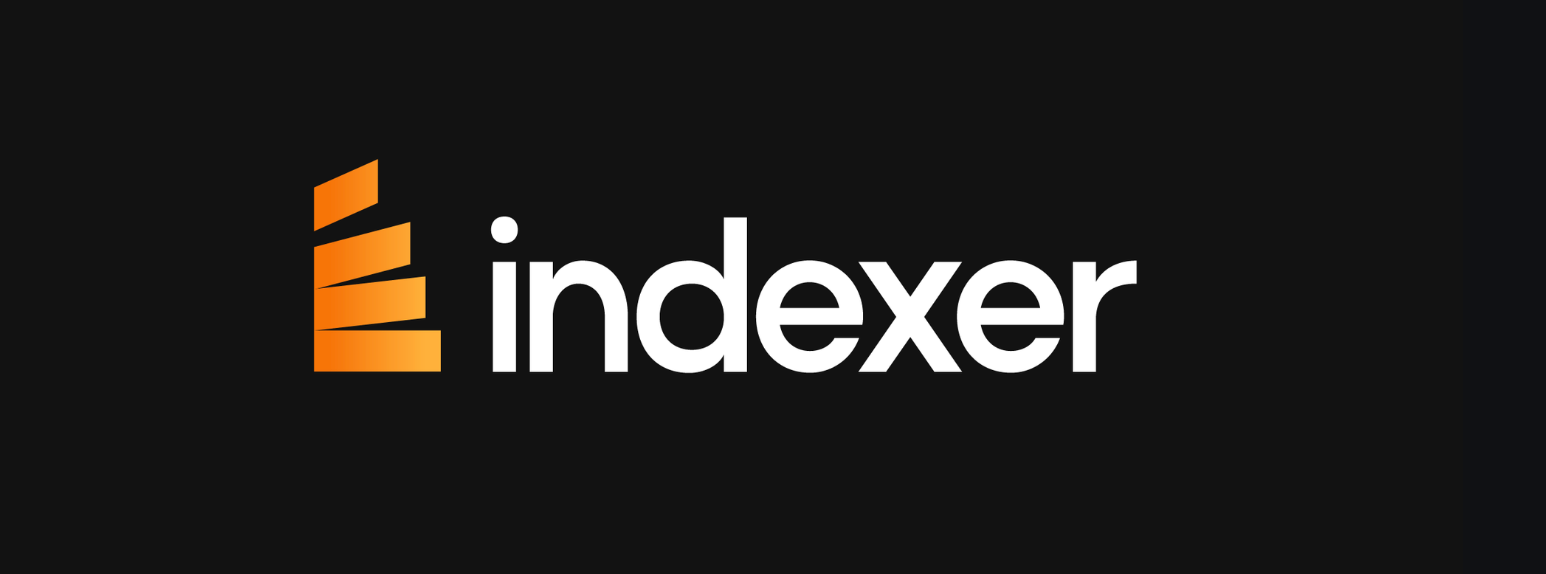
If you're new to the idea of blockchain indexing, Indexer.xyz makes it easy to get started. Our Indexer API is designed to be straightforward, giving you access to a wide range of blockchain information, perfect for beginners. It's the right tool to help you understand blockchain better and make your projects successful with Indexer.xyz you'll discover the power of blockchain data without any hassle.


